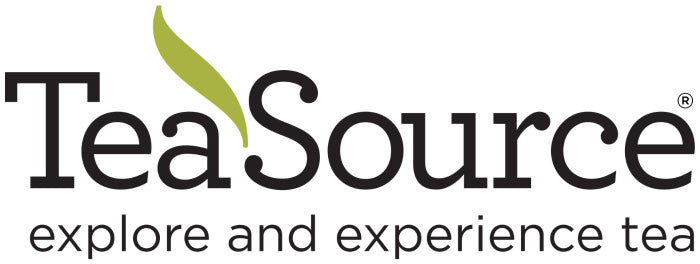Most of you have probably heard the word “Darjeeling” in reference to tea, but what does that really mean?
Here are the top ten things we think you should know:

Shop Darjeeling Teas
- The Darjeeling District is a tiny region in West Bengal, India (apprx 228 sq miles). That is only half the size of Hennepin County, MN (where Minneapolis is).
- 87 tea gardens dot the slopes of the Himalayan Mountains in Darjeeling.
- Only tea that is grown in the Darjeeling district can be called “Darjeeling,” which is a legally protected geographical designation. Darjeeling teas have been nicknamed the “Champagne of Teas.”
- The Chinese variety of the tea plant, Camellia sinensis sinensis, grows in Darjeeling. It is better suited to the high altitude and cool temperatures than the indigenous Indian variety found in the Assam region, Camellia sinensis assamica.
- Robert Fortune, a spy for the British East India Company, smuggled the Chinese tea plant from China into India in 1851. Those same plants still grow there today over 150 years later.
- Tea from Darjeeling (primarily black tea) is made in the traditional orthodox method, which means it is hand-plucked and hand-processed.
- There are three distinct growing seasons in Darjeeling: first flush (spring), second flush (summer), and autumnal flush (fall). Each season produces teas with distinct flavor characteristics.
- The word Darjeeling means “Thunderbolt Place.”
- The demand for Darjeeling is high, but the annual production is low (11,000 tons) compared to other regions in India like Assam (680,000 tons). This means Darjeeling tea can fetch very high prices at auction.
- Teas produced in Darjeeling are the highest elevation grown teas in the world.
